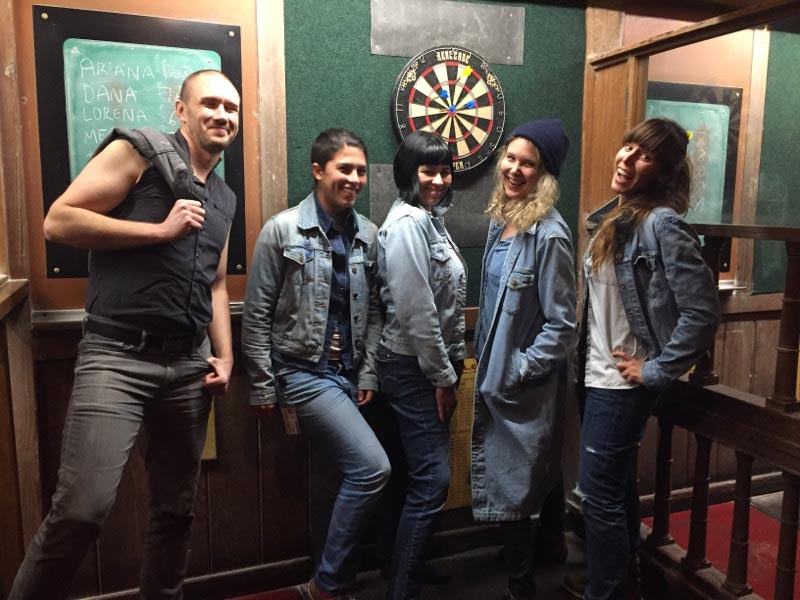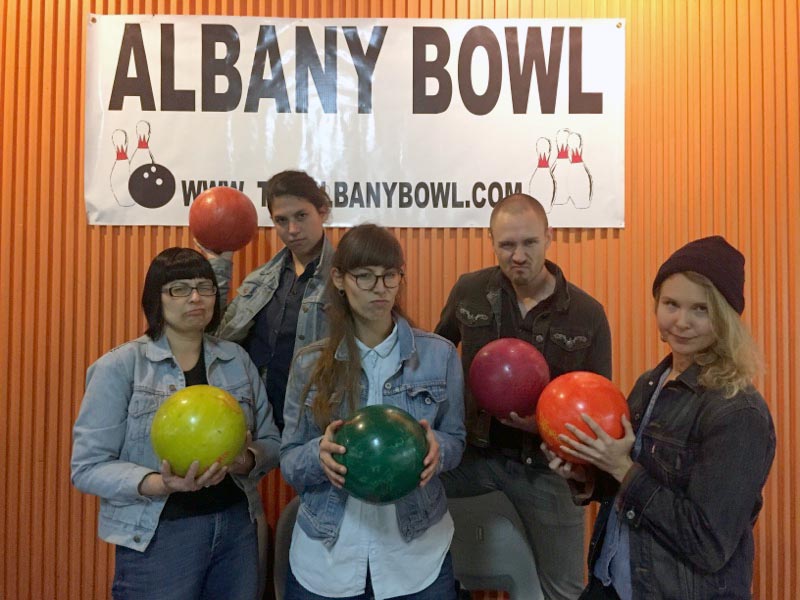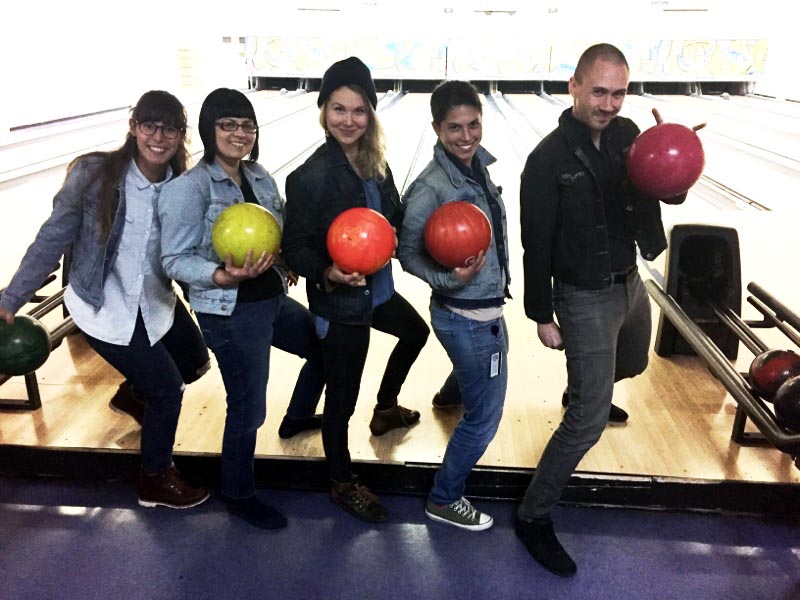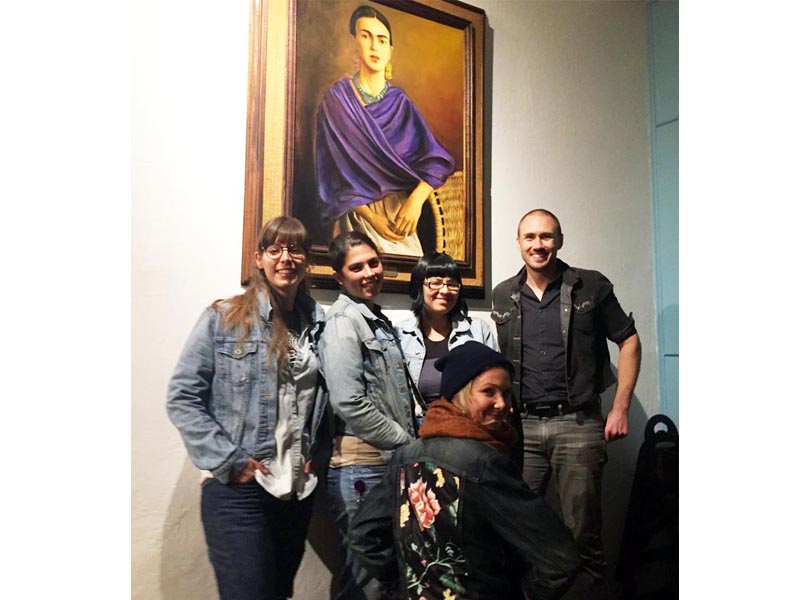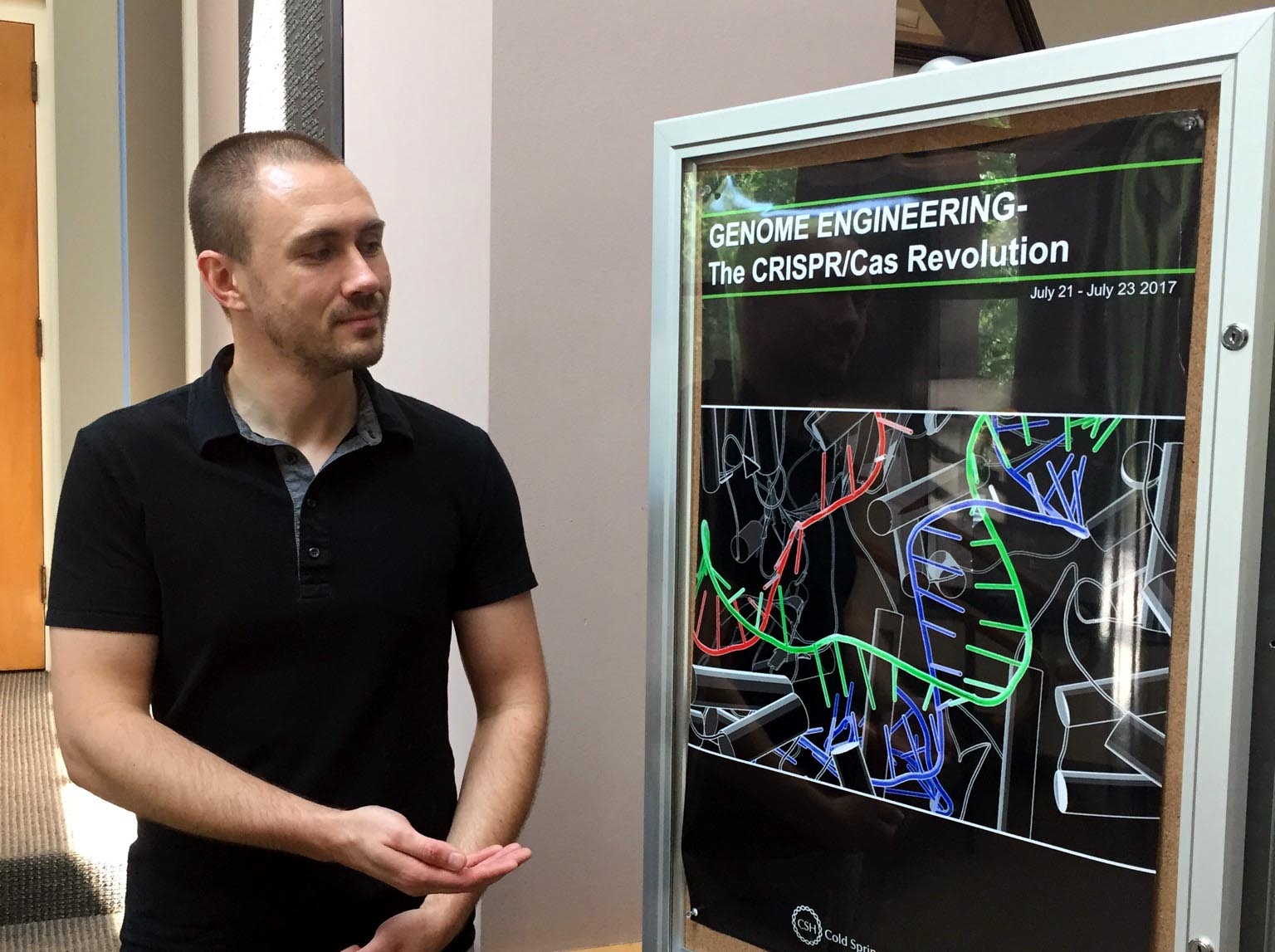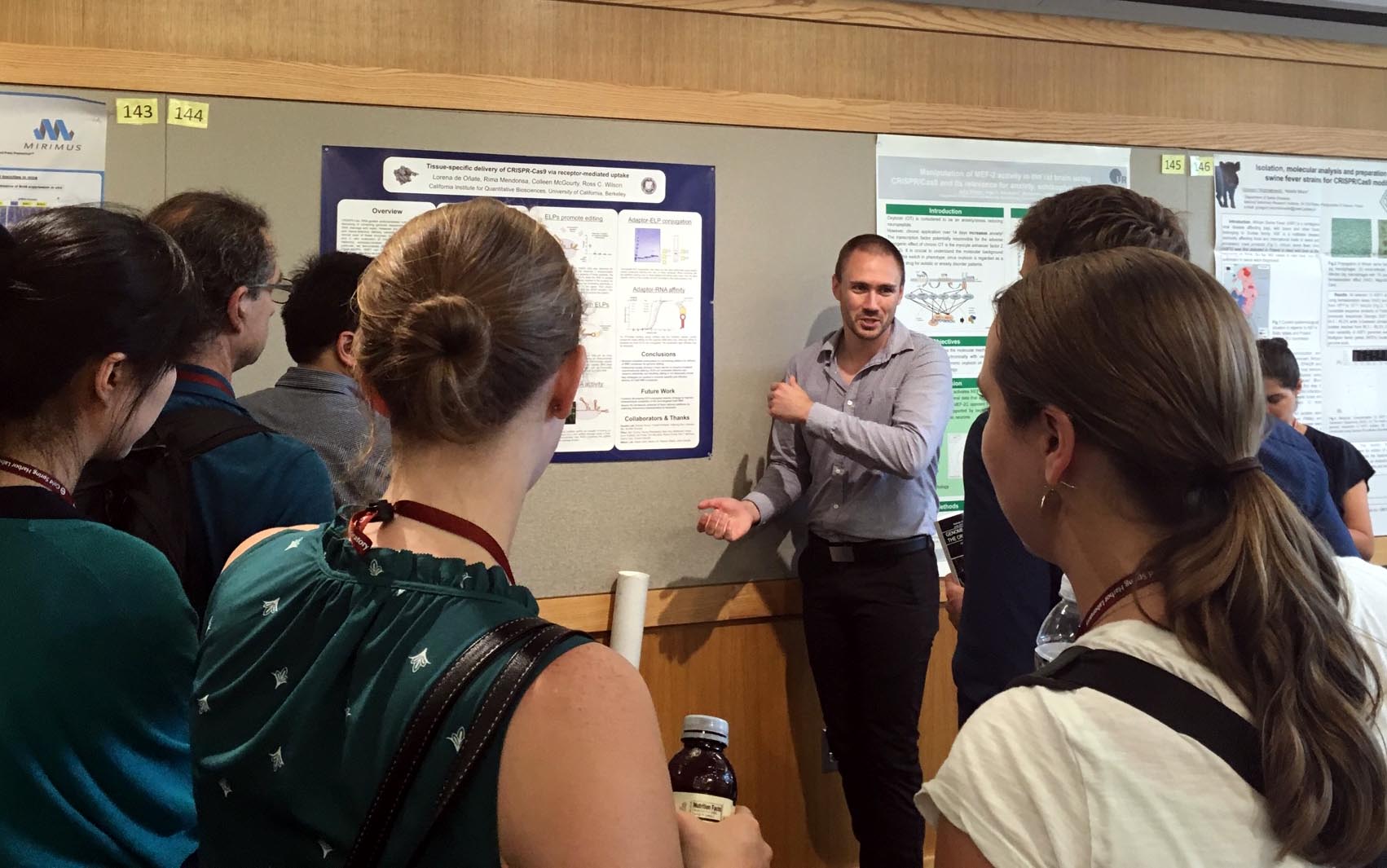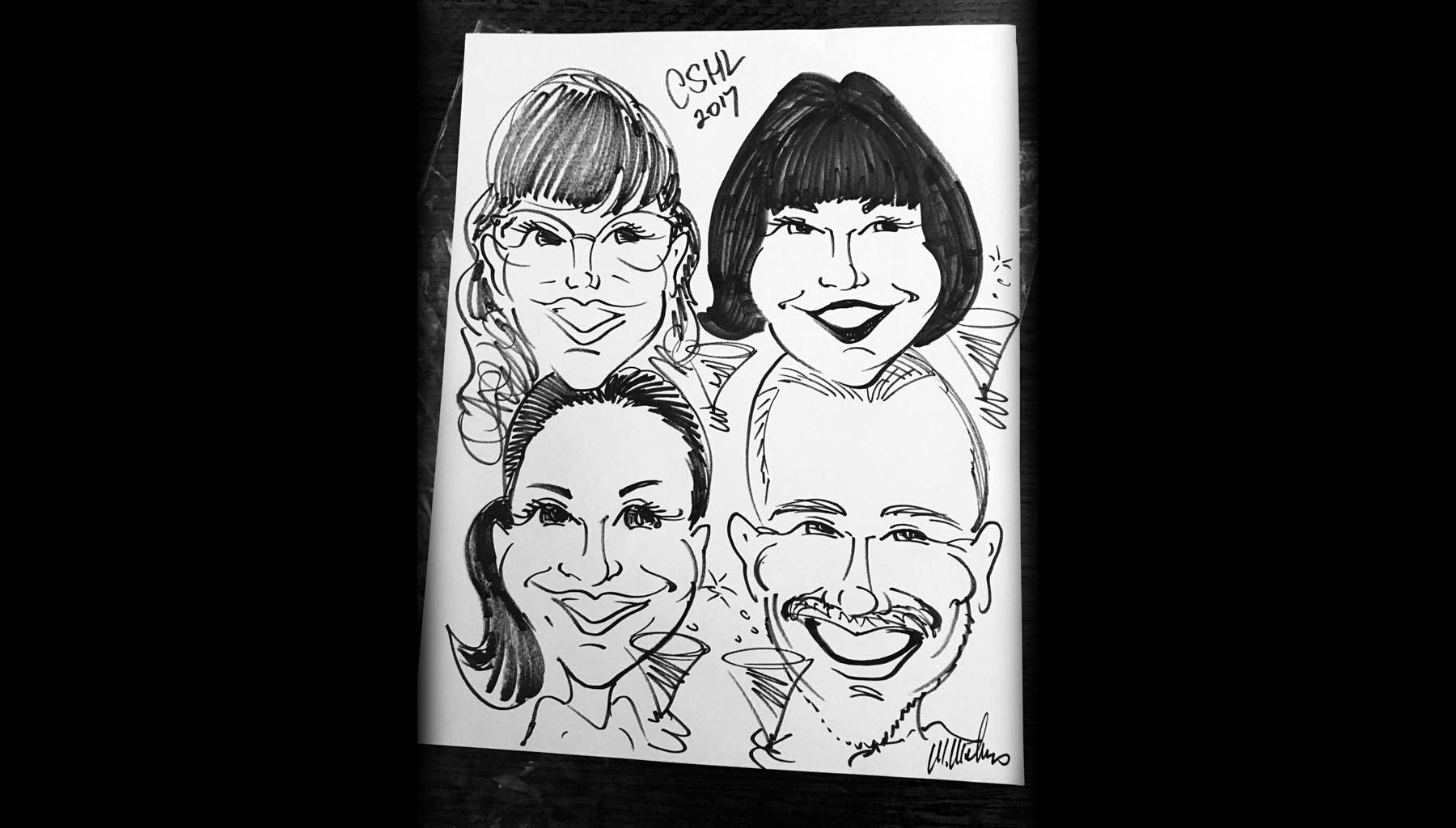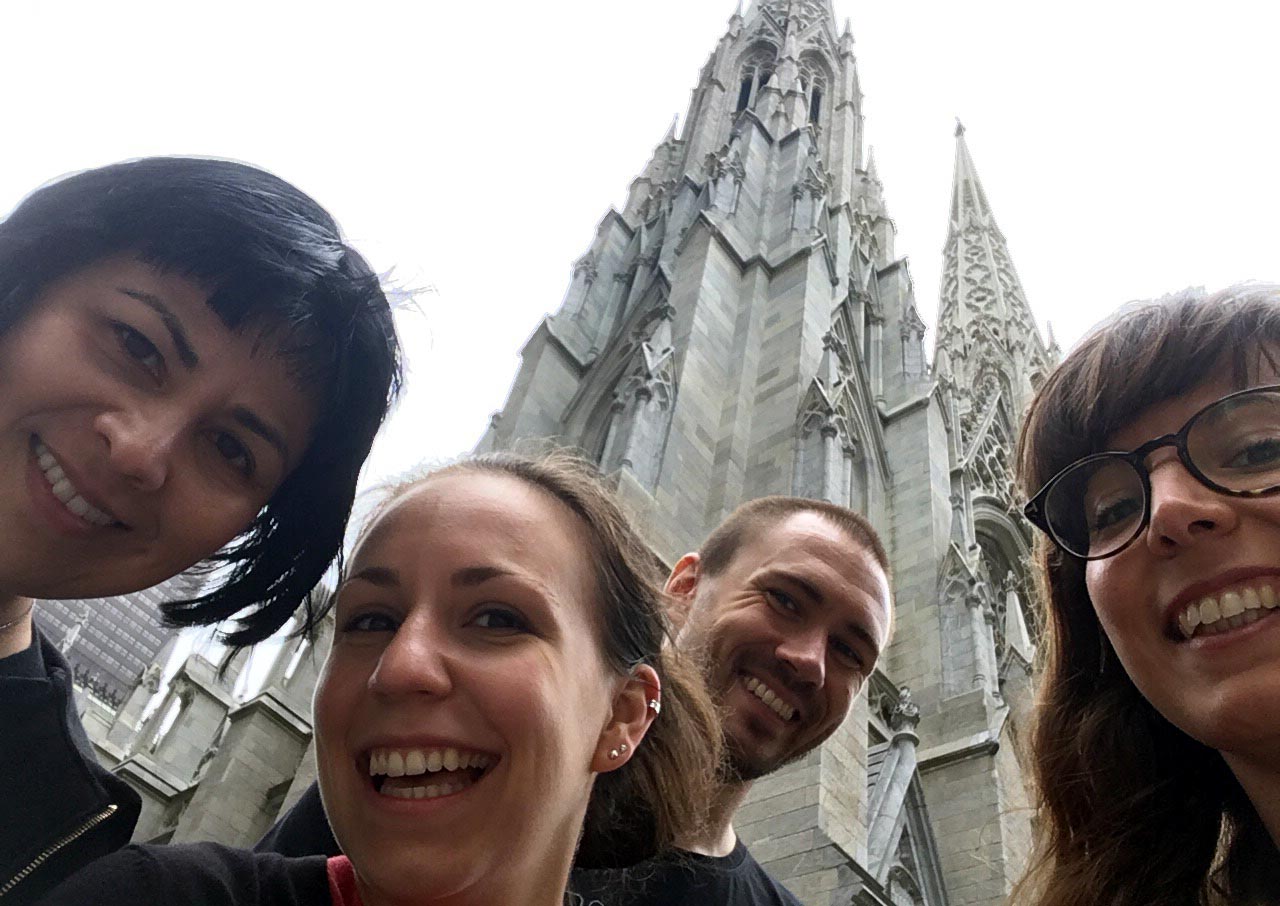News
20230425 This is a big one - the first research publication led by the Wilson lab! Led by co-first authors Dana Foss, Joe Muldoon, and David Nyugen (of the Wilson, Eyquem, and Marson labs, respectively), we report in Nature Biomedical Engineering [PDF] [SI] . . . PERC: peptide-mediated RNP delivery for CRISPR engineering, which we applied to primary human T cells. This approach represents an enticing alternative to electroporation, which is cumbersome, toxic, and has a substantial impact on cell state. In contrast, PERC allows hardware-independent T cell engineering that relies on just three components: the RNA & protein that constitute the CRISPR enzyme, plus a synthetic peptide that facilitates intracellular delivery. Efficient knock-ins can be performed using PERC if the template DNA is carried by an AAV vector. We showed that this approach works for nucleases Cas9 and Cas12a, as well as an adenine base editor. Our work culminated in the generation of multi-edit CAR-T cells that showed excellent anti-tumor potency in a mouse model. Our hope is that this simplified - yet potent - delivery technology can improve the manufacture of cell therapies in the US and expand access in lower-resource settings. Check out the IGI press release to learn more.
If you’re interested in trying PERC, this page is intended to help you get started, with guidelines on procuring the reagents you’ll need.
20220216 Inspired by the impressive delivery work reported by David Liu & collaborators, Ross penned a views & news piece [PDF] for GEN Biotechnology. Samagya Banskota, Aditya Raguram, and colleagues substantially improved the performance a retrovirus-derived virus-like particles. This delivery platform packages pre-formed CRISPR enzymes (including base editors) inside a virus-like particle, resulting in a “best of both worlds” approach: high efficiency coupled with transient presence of the enzyme cargo. The resulting “Trojan horse” (shown in cartoon format on the right) is extremely effective both in tissue culture and in vivo, demonstrating efficient editing of the liver, eye, and brain. It will be exciting to see how far this technology can go!
20200819 We’re excited to report some work performed in collaboration with the Murthy and Bankiewicz labs, supported by the NIH SCGE and recently published in Chemical Science [PDF].
In this experiment, we started with pre-formed CRISPR Cas9 enzymes, coated them with molecules of PEG (a “slippery” chemical), and then administered them to the brains of mice. To our delight, this worked exactly as we hoped it might: the PEG-Cas9 enzymes spread through the mouse brains much more efficiently than typical Cas9 does.
Compare the left (normal Cas9) vs. right (PEG-Cas9) hemispheres in the images, where Cas9 is detected by a fluorescent dye (top) and by antibody staining (bottom). The difference is striking! An important feature is that the “DEC” linkage between PEG and Cas9 is severed once the cargo enters a cell, ensuring that Cas9 retains its full activity.
Previous studies have shown that injected Cas9 makes genetic changes to the brain, but that the impact is limited to such a small region that it was hard to imagine effective use in humans. Our new findings help address this critical tissue distribution hurdle, bringing us one step closer to therapeutic genome editing of the brain.
20191009 Ross worked with genome editing pioneer Dana Carroll to offer a perspective on the daunting economics of therapeutic genome editing. At the IGI, we are excited about the potential for clinical use of genome editing, but we worry that resulting therapies may have limited impact because so many people in need are left without access to cutting-edge medicines. Simplified, affordable, and accessible delivery technologies will contribute to broad application of genetic medicines, and the Wilson Lab is excited to be involved in the push to ensure widespread access to life-changing genome-editing medicines.
Our article is part of a special issue of The CRISPR Journal dedicated to the ethical issues surrounding human genome editing, which we highly recommend checking out. And for additional context on the current frontiers of genetic therapies, Matt Porteus recently published a great overview of genome editing medicines in or near the clinic (PDF download). Because both his article and ours feature tables - summarizing clinical efforts - that are inconveniently split across multiple pages, here are links to high-resolution images of the tables from the two articles: Wilson Table / Porteus Table.
20191003 Wilson Lab postdoc Dana Foss was interviewed for the CRISPR Cuts podcast, and she described her efforts to facilitate in vivo editing of immune cells. Tune in to learn about what we’re trying to do!
20190930 We are thrilled to be recipients of support from the NIH, as part of the Somatic Cell Genome Editing consortium. This nationwide effort convenes researchers who are working to enable therapeutic genome editing, and the Wilson Lab's project aims to enable editing of immune cells in vivo. This effort is highly collaborative, involving efforts from the Sullenger, Marson, and Doudna labs. Furthermore, we are contributing to another SCGE project - led by the Bankiewicz & Murthy labs - focused on enabling efficient editing in the brain. We can’t wait to see all the progress that will be spurred by SCGE efforts!
2021 update: We have published a marker paper detailing the structure and goals of the SCGE consortium.
20190920 We participated in a massive walk-out on Cal campus, in support of the climate strike. Dana put it best:
Smiling for the camera but these are smiles of rage against climate injustice.
20190529 Wilson Lab postdoc Lorena de Oñate represented the lab at the Synthego Genome Editing Summit in San Francisco. She talked about her progress in enabling tissue-targeted editing using engineered Cas9 enzymes. Well done, Lorena!
20190102 Hot off the presses: a couple of review articles.
In The CRISPR Journal [PDF], we review engineering of the Cas9 RNP for delivery, enhanced activity, and more. This also inspired the journal cover!
In Transfusion [PDF], we summarize CRISPR’s path to the clinic, from ex vivo genome editing to exciting new diagnostic applications like the ones being developed by our friends at Mammoth Biosciences.
20180810 Dana & Ross wrote a Spotlight article for Trends in Molecular Medicine to summarize some very nice work from the Murthy & Lee labs. Their novel CRISPR-Gold strategy seems promising for therapeutic delivery of genome-editing machinery to the brain, but can it compete with the established virally-mediated delivery approaches? Read on to find out!
20180517 Marie Luff, the lab's first undergrad, has graduated with honors from UC Berkeley's MCB program. Marie's contributions have been absolutely essential to the lab, and she will be sorely missed!
20180418 We are excited to report the culmination of a fruitful collaboration between Pfizer, the Doudna lab, and the Wilson lab: Receptor-Mediated Delivery of CRISPR-Cas9 Endonuclease for Cell Type Specific Gene Editing, published in JACS. This work is a first step towards tissue-targeted genome editing using Cas9 ribonucleoproteins (RNPs), and we are eagerly developing new technology to overcome the remaining barrier of endosomal escape.
20180301 Joel Vej-Nielsen, a visiting scholar from the University of Southern Denmark, joins the lab for a few months of research. He will be working on reporters for endosomal escape. Welcome, Joel!
20171212 Holiday outing! Our intended bowling trip quickly transformed into more of a darts showdown. Canadian Tuxedos were worn in honor of Dana's motherland.
20171031 Happy Halloween from Neverland!
20171019 Our review of in vivo therapeutic genome editing delivery approaches is published with Luke Gilbert, gene editing wiz.
20170926 Postdoctoral scholar Dana Foss joins, working on strategies to deliver Cas9 to tissues not previously targeted. Dana's graduate work was with John Pezacki at the University of Ottawa, and focused on the siRNA-binding protein p19 and its use as a shuttle for delivery of therapeutic RNAs.
20170721 Lorena, Rima, and Ross attend the Cold Spring Harbor meeting on genome engineering: The CRISPR-Cas Revolution. We heard about a ton of great research, presented a poster, got made into caricatures, and spent an afternoon together in NYC. A great time, overall!
20170422 A few Wilson Lab members participated in the San Francisco March for Science. It was a great day, and really reassuring to see Market St packed with activists. Less encouraging were the vendors peddling things like "health-promoting kombucha" at the end of the march. Nevertheless, the event was largely inclusive & thoughtful, and there were even a few Lorax sightings!
20170323 In an uncanny stroke of good luck, Ross finds a markedly non-green tennis ball on the street while biking to work. Incredibly, this was the same unverdant design that had previously inspired this site's favicon!
20161212 The lab heads to San Francisco for some ice skating!
20161201 Visiting researcher Joan Compte Barrón joins for a six-month visit, to work on gRNA production, chemical conjugation, and biochemical assays. A graduate of the Polytechnic University of Valencia, Joan is currently working on his M.S. at Goethe University, Frankfurt.
20160928 Laboratory manager Ariana Hirsh joins, working on lab safety, operations, and protein production. Ariana was previously with the lab of Florian Krammer at Mount Sinai, managing the lab from its first days and cranking out proteins related to viral immunity.
20160726 Postdoctoral scholar Colleen McGourty joins, working on chemical conjugations and protein-RNA binding assays. Colleen’s graduate research was with Michael Rapé at UC Berkeley, and examined the interplay between calcium signaling and ubiquitylation.
20160523 Postdoctoral scholar Rima Mendonsa joins, working on protein production and cell line manipulation. Rima’s PhD research with Joanne Engebrecht at UC Davis focused on the interplay between membrane phospholipids and SNARE proteins in yeast. Her prior postdoctoral work, also at UC Davis, was with mentors Christopher J Murphy and Paul Russell, investigating corneal cell differentiation.
20160516 Visiting scientist Nathanael Lintner joins the lab to work on tissue-specific genome editing assays. Nathanael performed his postdoctoral research with Jamie Cate and Jennifer Doudna, studying the mechanism by which a small molecule stalls translation of a specific gene.
20160407 Undergraduate researcher Shanea Gideon joins, working on protein cloning and mutagenesis. Shanea is studying molecular & cellular biology at UC Berkeley.
20160322 Postdoctoral scholar Lorena de Oñate joins, working on gRNA engineering. Lorena got her PhD with Núria Montserrat at the Institute for Bioengineering of Catalonia, studying the activation of pluripotent stem cells for organ regeneration.
20160315 Undergraduate researcher Marie Luff joins, working on protein-RNA binding assays and gRNA production. Marie is studying cell & developmental biology as well as public health at UC Berkeley.
20160215 The first non-Ross scientist, Hanna Wisniewska, joins for a three-week visit and the Wilson Lab is ontologically born. It’s not really a lab until there’s more than one person, right?
20160125 First experiment: site-directed mutagenesis – always a classic.
20160121 First lab shopping trip.












